What is Eating My Pepper Plants at Night? You’d think the pepper part of pepper plants would not be attractive to pests.
On the other hand, there are many different peppers with different tastes, some more peppery than others.
Then, of course, there are the fruit, stems, and leaves to consider. So, they may be called pepper plants, but they are still popular with several pests.
Table of Contents
What is Eating My Pepper Plants at Night?
The most common culprits eating your pepper plants at night are worms and maggots, the larvae of moths, flies, and weevils. Slugs and snails are also attracted to their leaves and shoots. Rabbits include pepper in their diet. Deer may also eat them, but not regularly.

1. Pepper Weevils
With the word ‘pepper’ in the name, you should be able to tell that this insect will likely attack your pepper plants.
Both the larvae and adults feed off the plant and mainly cause damage to young flowers and immature fruits, interrupting the plant’s life cycle.
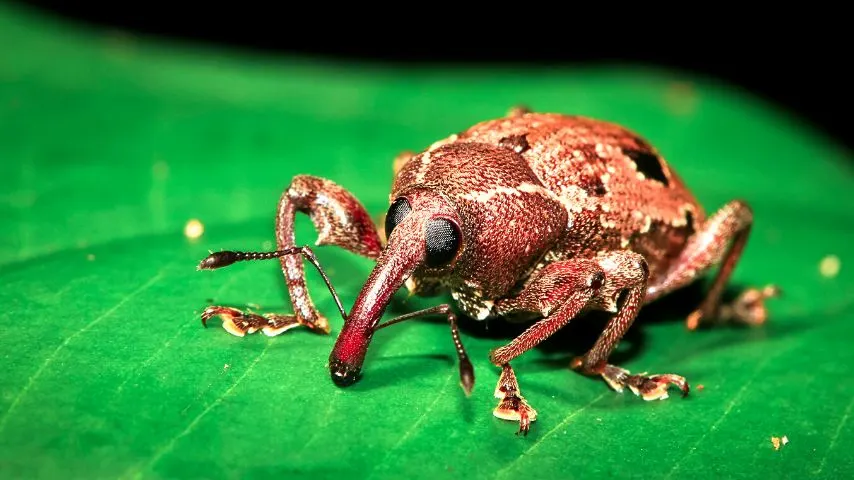
If the larvae enter the young fruit, the center turns brown and is often moldy. If no fruit or flowers are present, the adults may feed off other parts of the plant but won’t cause significant damage.
Further damage can be caused to the plant when bacteria and fungi enter the fruit through the holes made by the larvae.
2. European Corn Borer
Cornell University states that the European corn borer is a pest often found in your pepper plant’s fruit. It passes through four phases: egg, larva, pupa, and adult.
The European Corn Borer moths lay their eggs on the leaves underside. When the larvae emerge, they are small caterpillars with black heads.
They move along the stems and feed off the leaves quickly. They then enter the fruit at the calyx, where the stem goes into the pepper.
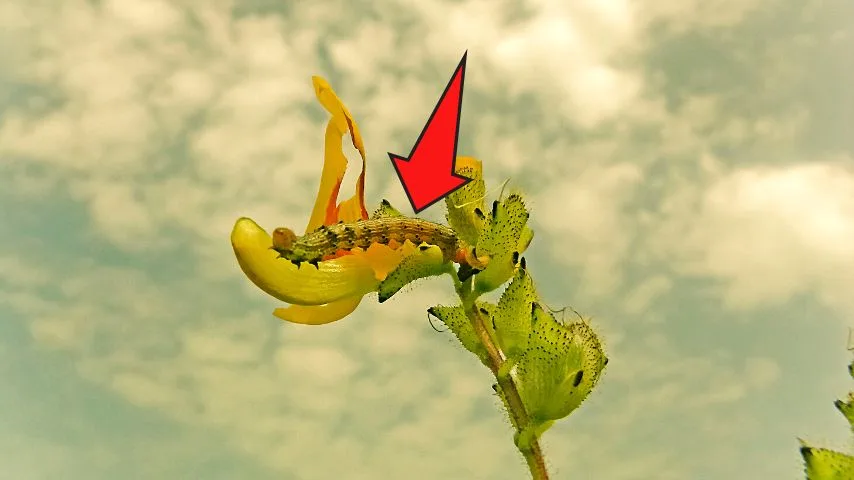
When the larvae are in the fruit, they are protected from insecticides. They eat the fruit from the inside and usually stay until the pepper starts rotting from the inside.
This is because water enters the pepper through the larva’s entry hole. The only sign of an infestation of European corn borers is often brown excrement around the calyx, which looks like sawdust.
The larvae may also bore into a plant’s stems, which may break.
3. Beet armyworm
The beet armyworm is a prevalent pest and is fairly resistant to most insecticides.
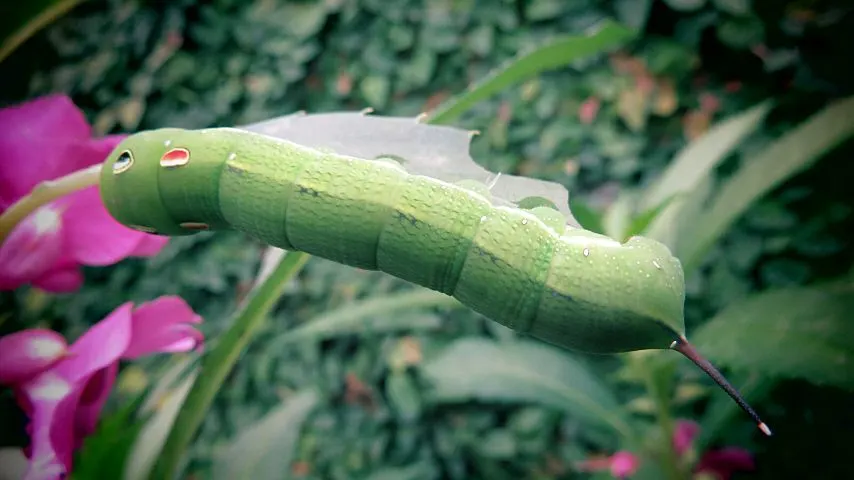
The worms, the larval stage of the armyworm moths’ life cycle, occur in a range of colors, from yellow-green to brown. There is an inverted Y on the head of the full-grown armyworms.
Beet armyworms can produce quite significant damage to plants by eating the young leaves and the flowers.
4. Cutworm
The cutworm is the name given to the larval stage of a few different moths, such as the turnip moth and the large yellow underwing.
The worms are in a color range including brown, yellow, and green. Cutworms chomp on the leaves of the pepper plants but can cause the most damage to the stems.
Cutworms eat the plants at the stem and can make their way right through, which means they will fall over and die.
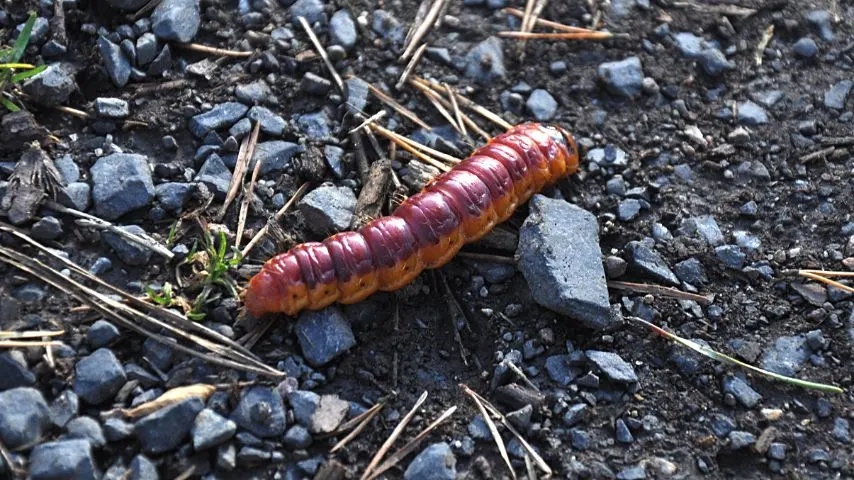
One cutworm can attack a whole row of plants and cut down quite a number in one night.
5. Slugs and Snails
One of the types of pests attacking your pepper plant at night may be slugs or snails. You can pretty much identify snails and slugs through the silvery tracks across the leaves of the plants.
They mainly eat the lower leaves, as they can access them easily. Both slugs and snails can also move up the plant to eat some of the higher leaves.
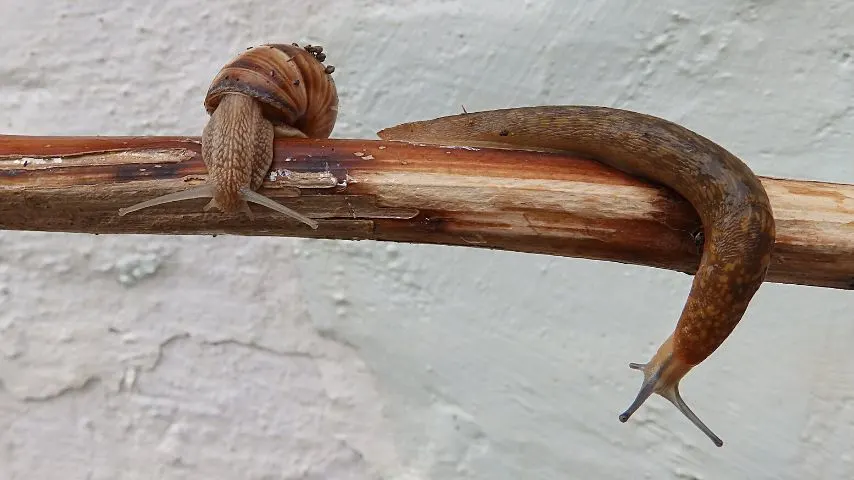
They leave large, irregular holes in the pepper plant’s leaves.
Slugs are usually found in decaying organic matter around the stems of plants.
Keeping the beds free from as much organic matter as possible will discourage the slugs and snails from living there and accessing the pepper plants.
6. Pepper Maggot
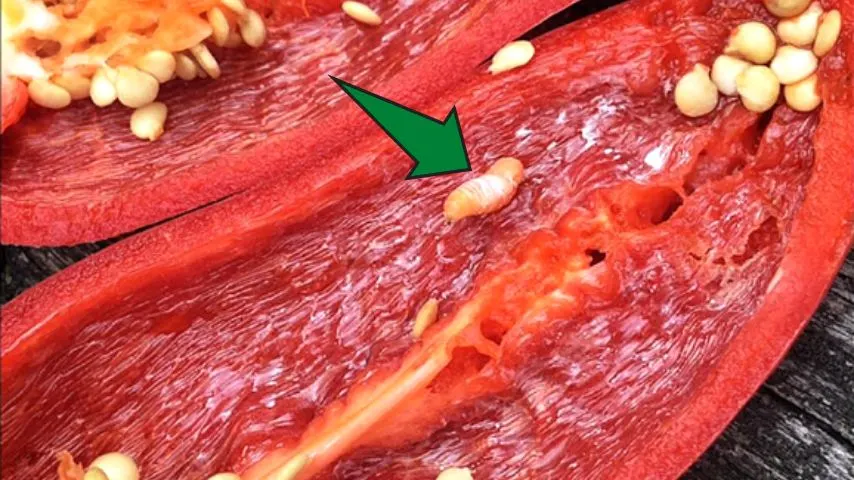
The pepper maggot is the larval stage of the lifecycle of the pepper maggot fly. They lay the eggs directly onto the fruit.
You will be able to see stings on the surface of the fruit. The larvae are about ½ inches (1.25 cm) long.
Pepper maggots bore into the pepper fruit, eating along the way. When ready to turn into pupae, they move out, leaving a small hole.
Not only do the maggots damage the fruit from inside, but bacteria can enter through the exit holes. These also destroy the fruit.
You may not be able to see the damage from pepper maggot flies easily. Often, the only sign is if the decay of the fruit, or even mature prematurely.
7. Rabbits
Rabbits are fairly indiscriminate feeders and eat just about any plant in your garden.
They do not generally go for mature pepper plants but are keen feeders and will choose to eat the new shoots and young leaves.
Occasionally, they eat the young fruit but concentrate on the leaves and stems.
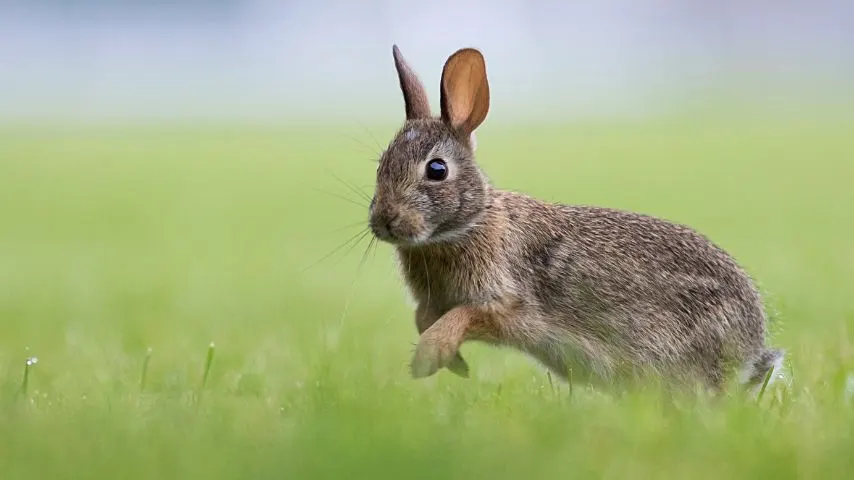
The best and friendliest way to keep rabbits from eating your pepper plants is to ensure the vegetable patch is properly fenced.
8. Deer
If deer get into your garden, they can eat your plants’ leaves and even stems.
Although they generally won’t specifically seek out peppers, they may eat some of the leaves of your pepper plants, particularly during droughts.
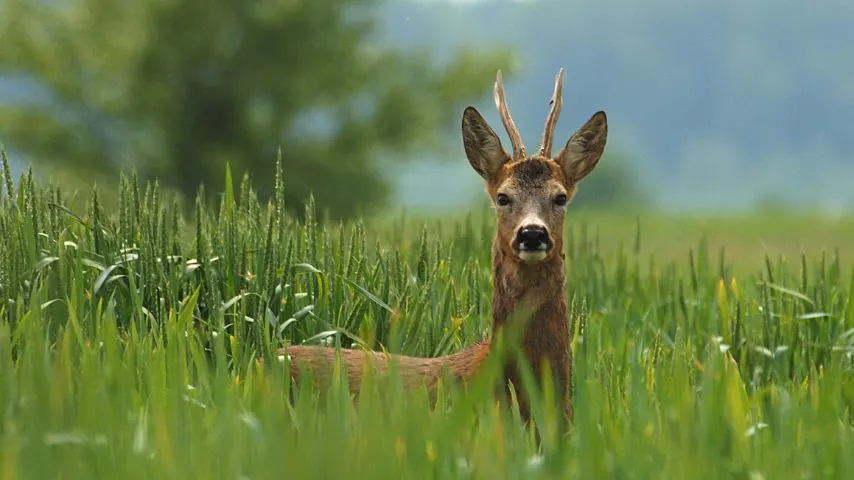
Deer don’t go for the fruit but can damage the rest of the pepper plants.
Ironically, a good way to prevent deer from eating your pepper plants is to spray them with a mild mix of pepper sauce.
Pepper plant pests
The most common pepper plant pests are:
- Aphids,
- Flea beetles
- Whiteflies
- Thrips
- Spider mites
Related: What is eating my pepper plants
Frequently Asked Questions
Is it insects that eat my pepper plants at night?
The most common animals that eat your pepper plants at night are insects, usually the larvae of flies and moths. However, slugs and snails also eat the leaves of pepper plants. Rabbits and even deer can eat them at night if they get into your garden.
Can I tell easily if something is eating my pepper plant at night?
If a snail, rabbit, or deer eats your pepper plant, you will see the damaged leaves and stems. A cutworm will cause the whole plant to fall. However, some maggots and worms get into the peppers themselves and you won’t see the damage easily, possibly only when the fruit begins to rot.
Conclusion On What is Eating My Pepper Plants at Night
There are different pests that will eat your pepper plants at night. The most common are insects, including maggots and worms, which feed off the fruit. Slugs and snails attack the leaves and, occasionally, rabbits and deer may also eat the leaves and stems of the pepper plants.

Daniel has been a plant enthusiast for over 20 years. He owns hundreds of houseplants and prepares for the chili growing seasons yearly with great anticipation. His favorite plants are plant species in the Araceae family, such as Monstera, Philodendron, and Anthurium. He also loves gardening and is growing hot peppers, tomatoes, and many more vegetables.


